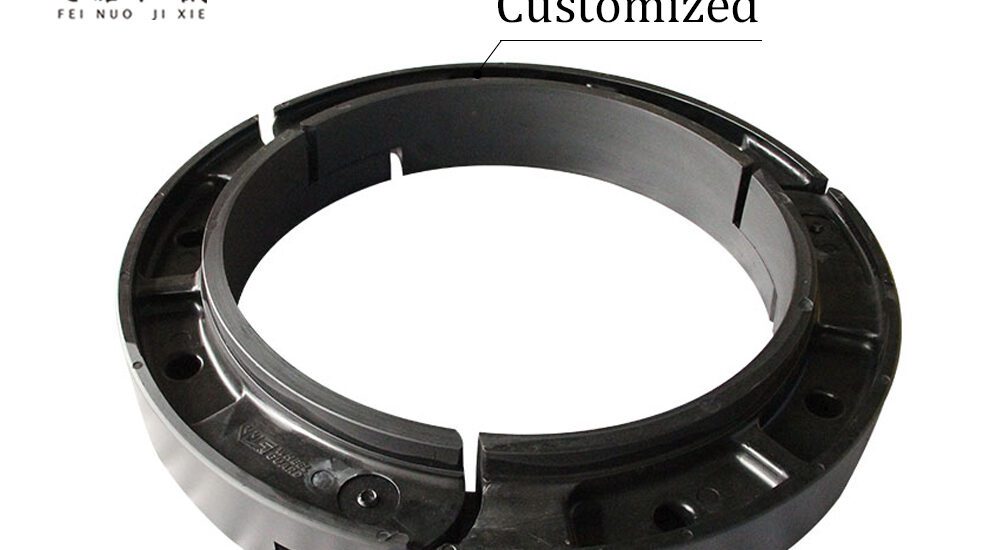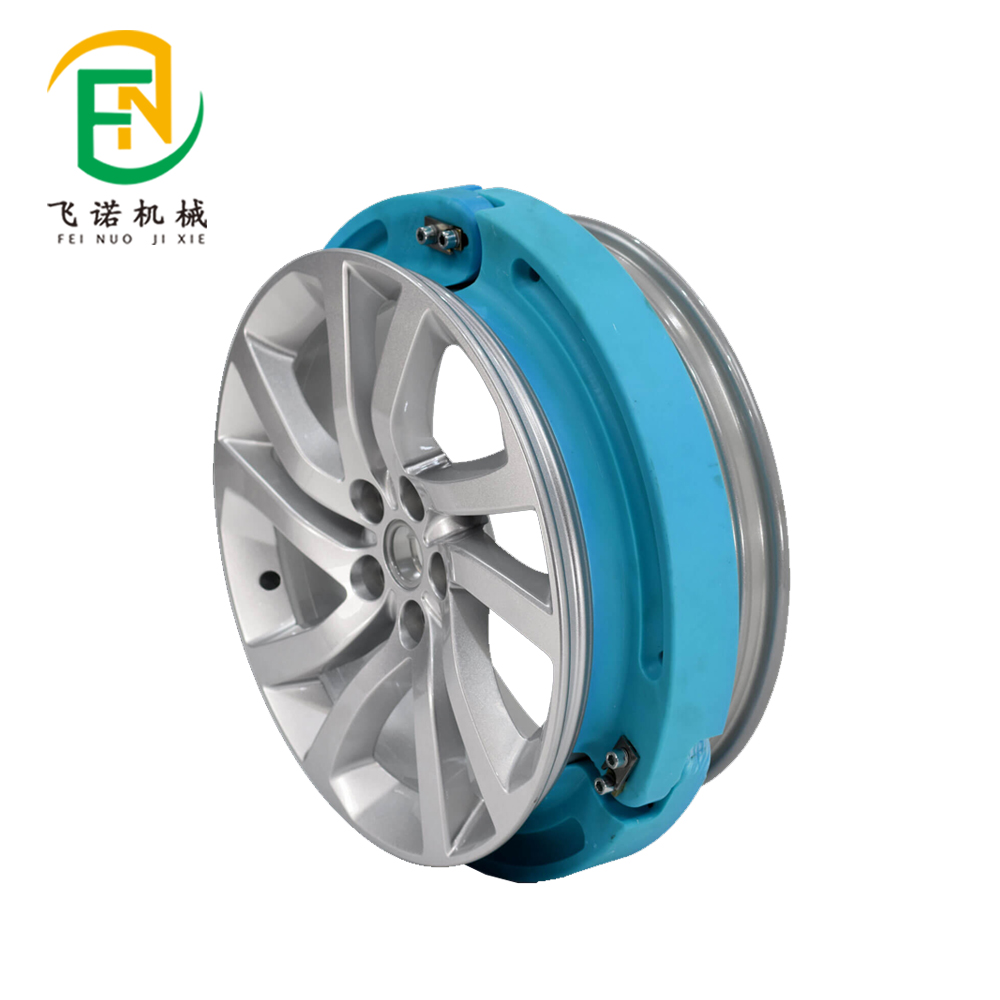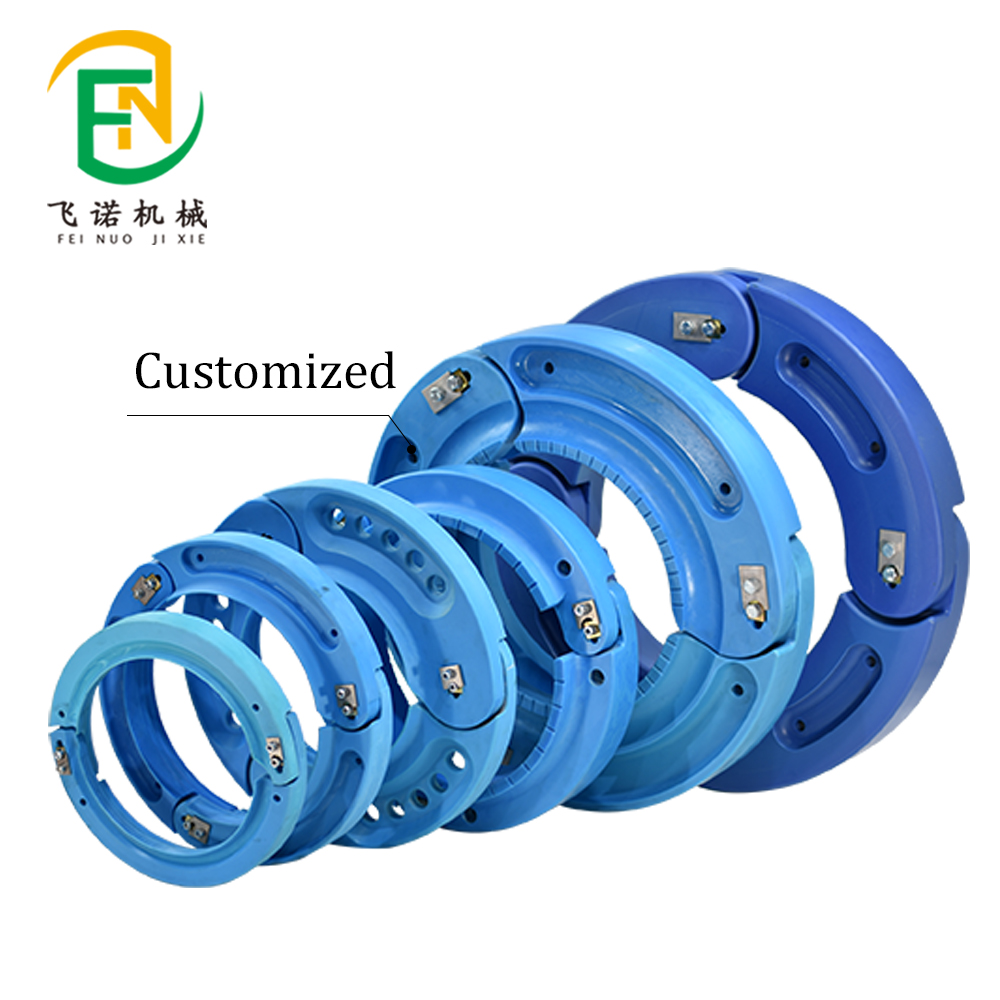- May 19, 2025
- Posted by: feinuojixie
- Category: Injection Molding News


For decades, the humble spare tire has been a trusted fallback in the face of a flat. But as vehicles become smarter, more efficient, and more focused on safety, the traditional spare is quietly being phased out. Automakers are under increasing pressure to reduce weight, improve fuel efficiency, and create more usable space inside vehicles. In response, engineers have turned to a smarter alternative: the run flat insert.
This game-changing innovation is not just a convenience upgrade—it’s a critical advancement in road safety. With a run flat insert, drivers no longer need to pull over in unsafe conditions to change a tire. Instead, they can continue driving safely for dozens of miles after a puncture, giving them time to reach a service center without panic. As more manufacturers and drivers recognize its benefits, the run flat insert is quickly emerging as the future of tire technology and vehicle safety.
The Basics: What Is a Run Flat Insert and How It Works
A run flat insert is a specially engineered device placed inside a tire to support the vehicle even after air pressure is lost. Unlike traditional tires, which become unusable after a puncture, a tire equipped with a run flat insert can continue to operate at a reduced speed for a limited distance—typically up to 50 miles. This gives the driver valuable time to find a safe location or professional help.
The technology works by providing internal support to prevent the tire from collapsing under the vehicle’s weight. Some inserts are made of reinforced rubber or high-density polymer rings that maintain shape and structure when the tire loses pressure. By absorbing the load and preserving tire integrity, the run flat insert ensures continued mobility and maintains better vehicle control in emergency situations.


From Military to Mainstream: The Evolution of Run Flat Insert
Run flat insert technology was originally developed for military and armored vehicles, where tire failure in hostile environments could be fatal. The idea was simple but effective: create a solution that allows a vehicle to escape danger even after sustaining tire damage.
Over time, luxury car manufacturers recognized the value of this innovation for civilian use. Brands like BMW and Lexus began offering run flat insert systems in their high-end models, combining safety with convenience. As production costs decreased and safety concerns grew, the technology filtered into more mainstream vehicles. Today, a growing number of everyday drivers benefit from the enhanced security that a run flat insert provides, marking a shift in how we approach road travel.
Road Safety Reinvented: How Run Flat Insert Reduces Accident Risk
A tire blowout at high speed is one of the most dangerous situations a driver can face. Traditional tires, when deflated suddenly, compromise control and often lead to accidents. The run flat insert addresses this issue directly by preserving vehicle stability even after complete air loss.
In addition to preventing high-speed accidents, the run flat insert eliminates the need for dangerous roadside stops. Changing a flat on a highway shoulder or in poor weather conditions can put drivers at serious risk. With a run flat insert, drivers can continue moving to a safe, well-lit location before addressing the issue. This fundamental improvement in emergency response is why many safety advocates see the run flat insert as a cornerstone of future road safety strategies.
Cost vs. Safety: Is Run Flat Insert Worth the Investment?
While the upfront cost of a run flat insert system may be higher than traditional tires, the long-term value is hard to ignore. The primary benefit is peace of mind—knowing you’re protected from the stress and danger of an unexpected flat tire. But there are also practical financial benefits.
By reducing the risk of accidents and avoiding the need for towing services or emergency tire changes, a run flat insert can save money over time. Some insurance providers even offer discounts for vehicles equipped with enhanced safety features like run flat insert systems. For many drivers, the added cost is a smart trade-off for increased safety, convenience, and long-term savings.
Space and Weight Efficiency: Say Goodbye to the Spare Tire
Modern vehicles are designed with efficiency in mind, and every pound matters. Removing the spare tire frees up space and reduces overall vehicle weight—two advantages that directly impact fuel economy and interior design flexibility.
A run flat insert makes this possible by replacing the need for a backup tire entirely. Instead of allocating trunk space for a spare and jack, manufacturers can design sleeker, more aerodynamic vehicles with more room for cargo or passengers. This aligns with the growing demand for vehicles that are both compact and capable, making the run flat insert an essential part of modern automotive design.
Environmental Impact: How Run Flat Insert Supports Sustainability
The environmental benefits of the run flat insert extend beyond fuel efficiency. Producing fewer spare tires means consuming fewer raw materials such as rubber, steel, and oil. Fewer tires also lead to less landfill waste, a key consideration as the automotive industry works to reduce its ecological footprint.
In addition, lighter vehicles use less fuel and emit fewer greenhouse gases. By enabling automakers to cut vehicle weight, the run flat insert contributes to cleaner transportation. As sustainability becomes a top priority for both manufacturers and consumers, solutions like the run flat insert play an important role in achieving greener mobility.
What to Look For: Choosing the Right Run Flat Insert for Your Vehicle
Not all run flat insert systems are created equal. When selecting the right one for your vehicle, consider factors such as material durability, compatibility with your tire brand, and the mileage range it supports after a puncture.
Some run flat insert options are designed for off-road performance, while others are optimized for urban commuting or high-speed travel. It’s also important to ensure that your local tire shop is equipped to handle installation and repairs for your specific system. Doing your research and choosing a quality run flat insert can make all the difference when you’re counting on it most.


The Road Ahead: Why Run Flat Insert Will Dominate the Future
As road safety technology advances, the run flat insert stands out as one of the most practical and transformative innovations in recent years. It addresses real-world problems with simple, reliable solutions—allowing drivers to stay in control, avoid dangerous situations, and eliminate the outdated need for a spare tire.
Automakers are taking notice, and more vehicles are being designed with run flat insert systems as standard features. As production becomes more efficient and consumer awareness grows, adoption is expected to rise sharply. In the near future, driving without a spare may no longer be a risk—it could be the new norm.
Conclusion
The era of the spare tire is winding down, replaced by smarter, safer technology that puts driver convenience and security first. The run flat insert represents more than just a mechanical upgrade; it reflects a shift in how we approach road safety, vehicle design, and environmental responsibility. For drivers seeking peace of mind and preparedness in any driving condition, the run flat insert is not just a feature—it’s the future.
